Sleep is vitally important and to ensure that horses sleep well is part of animal welfare. By keeping a horse in a stable, we’re interrupting the animal’s natural behaviour and therefore it’s necessary for us to know how horses obtain sufficient sleep and how we can help.
Most people who have been around horses know that they can sleep standing up. Horses namely have the ability to lock large joints in their limbs. This physical activity is known as “stay apparatus” and is common among other large land mammals and birds, including cattle, elephants and giraffes. What these animals have in common is that they are large and are hunted by predators. They have evolved this way because if a predator attacks while they’re resting, they can run away more quickly if they’re standing up than lying down. “Stay apparatus” is an interplay between muscles, sinews and ligaments so that the horse can remain upright without any muscular activity and the body is able to rest. The horse can distribute its weight between three limbs instead of four and rest one foot while sleeping in an upright position. Horses usually relax one of their hind legs.
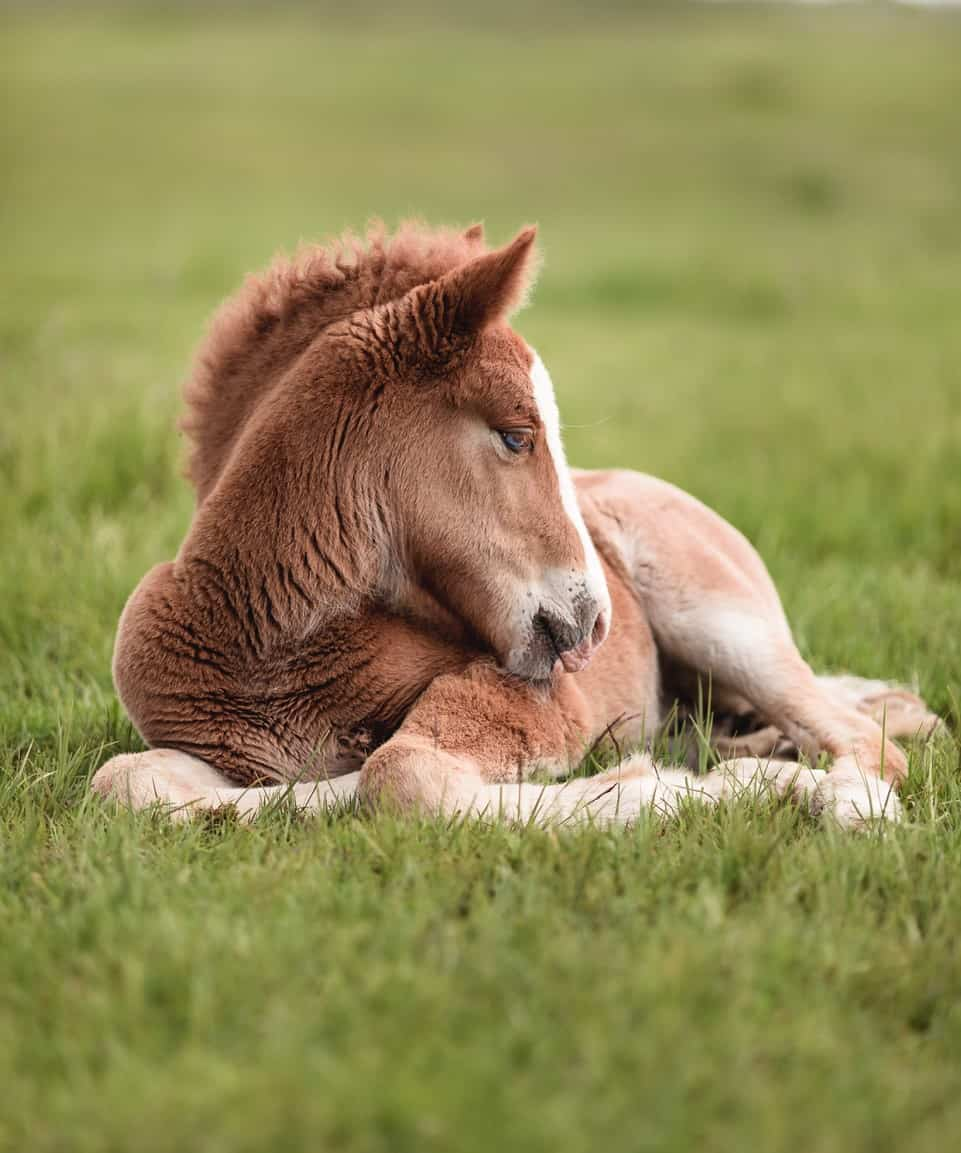
The importance of deep sleep
Horses can rest to a significant extent while standing up, but to achieve REM sleep, a deep sleep also called paradoxical sleep or desynchronized sleep, they must lie down. This level of sleep is considered to be of particular importance for developing the nervous system, such as for creating new memories and for learning. Studies show that animals that are constantly woken up from REM sleep but are otherwise permitted to sleep uninterrupted have a reduced ability to learn. This is consistent with studies of humans, to whom REM sleep is especially important for the memory and ability to learn. It is therefore to a certain degree a misunderstanding that horses can “sleep” standing up. They can only doze in that position, as we humans may do on the sofa, but to achieve proper sleep (REM sleep), they must lie down.
Different sleep for different ages
The sleep pattern of horses is in many respects different to the sleep pattern of humans. People often sleep continuously for eight hours each 24 hours. However, horses sleep for shorter periods at a time more often than once in a span of 24 hours. The total sleep for an adult horse is only three hours on average for each 24 hours. The sleep pattern changes as the horses grow. Foals spend approximately half the day sleeping until they’re more than three months old. As they grow, they take fewer naps and prefer resting in an upright position over lying down. Adult horses mostly rest while standing up but still have to lie down to obtain the REM sleep necessary to them.
Environmental impact on success
With more professional riders and changes to horsemanship in recent years, the time that horses spend inside stables has gradually increased. The season for competitions has been extended and many horses are kept in stables for the majority of the year. According to a research Elsa Albertsdóttir carried out in 2011, a horse’s surroundings are an equally important influential factor as heredity on success in competitions. It can therefore be concluded that the quality of the horse is to a large extent determined by external circumstances, that is, feeding and care, stable conditions, relations with other horses, teaching and training, the ability to move around, rest and spend time outside.
Studies also indicate that external factors are of considerable significance when a horse’s temperament develops (Lesimple et. al, 2011). Other studies support theories which state that when horses are in an environment that is as natural as possible and can move around freely with other
The impact of lack of sleep
Lack of sleep has an undesirable influence on the physical activity of humans and animals. Sleep-deprived animals often become week and lose the ability to control their body temperature. Their metabolism exhilarates so that the animals may require more food than otherwise yet lose weight. The same applies to people; many are familiar with the discomfort and drowsiness which comes with sleep deprivation. During deep sleep the brain transfers what it has learned from the short term to long term memory. Insufficient REM sleep causes changes to the activity of neurotransmitters and central nervous system, which leads to a negative impact on the wellbeing, ability to learn and memory.
Boxes and other facilities
Physical and mental wellbeing is key to success. Horses that are being trained often spend up to 23 of each 24 hours inside the stable. Therefore, it is important that boxes are well equipped and large enough so that the horse can move around inside it. A research carried out by Sigtryggur Veigar Herbertsson in 2006 indicates that boxes that are too small have a negative impact on sleeping and that it may be a disadvantage to keep two horses in the same box. There can be many reasons for this. For example, one of the horses may have a higher rank in the herd and is therefore more aggressive while feeding and prevents the other horse from lying down. When the box isn’t large enough for the horse to lie down, it compromises its ability to sleep and hence, to a significant extent, its wellbeing.
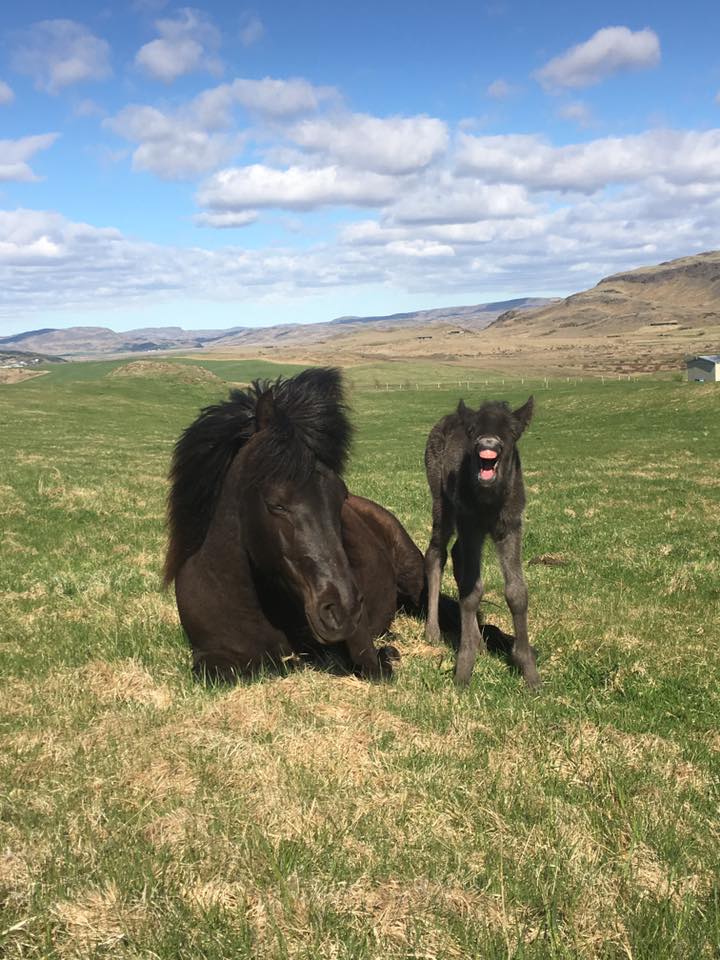
In Iceland, we are lucky enough to have sufficient land so that our horses can grow up under more natural circumstances than in other countries. However, we are behind other nations when it comes to the size of boxes, providing horses with the desired amount of time outside and other arrangements when keeping horses in stables. The criteria for the minimum size of a box for adult horses which measure 1.40 m to the withers is 7-9 square meters in the other Nordic countries but only 4 square meters in Iceland.
Wellbeing affects performance
The importance of sleep and taking good care of a horse cannot be overestimated. The objective of those who keep horses should always be to provide an environment for them which is as close to their natural environment as possible. This will further the horses’ wellbeing and consequently have a positive effect on their performance. It would be interesting if more studies on the effect of a horse’s surroundings were to be carried out so that we could learn more about how best to care for and enjoy the company of “our most loyal servants” for years to come.
----------
The article’s author, Hrafnhildur Helga Guðmundsdóttir, is a certified riding instructor and horse trainer with a degree in Equine Science from Hólar University. She has worked in horse teaching and training for 12 years, in addition to having taught at Hólar from the time she graduated.
Translation: Eygló Svala Arnarsdóttir. Photo: Hrafnhildur Helga Guðmundsdóttir.
.jpg?280x160;crop)





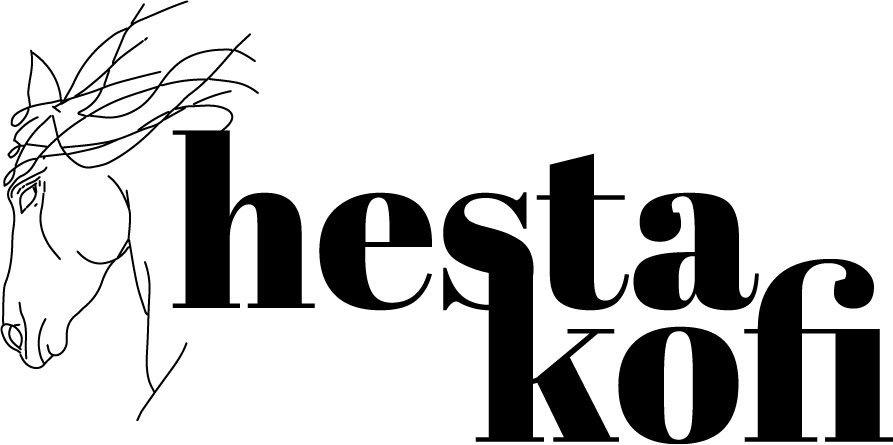




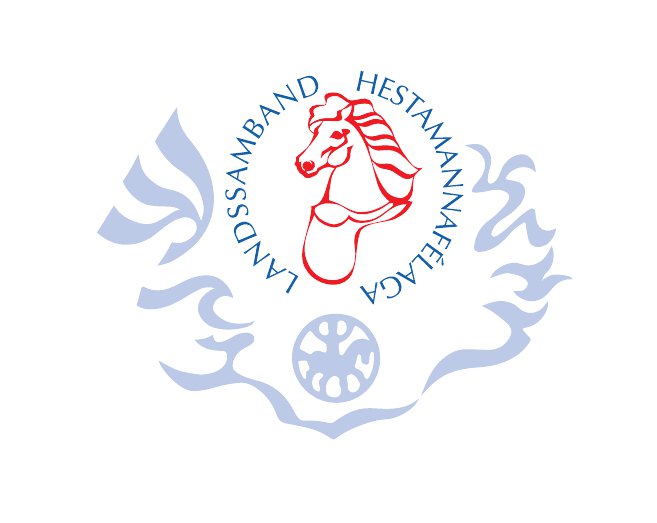





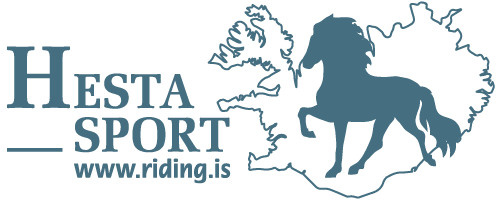







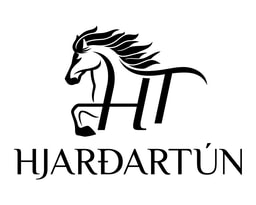
-1.jpg)






